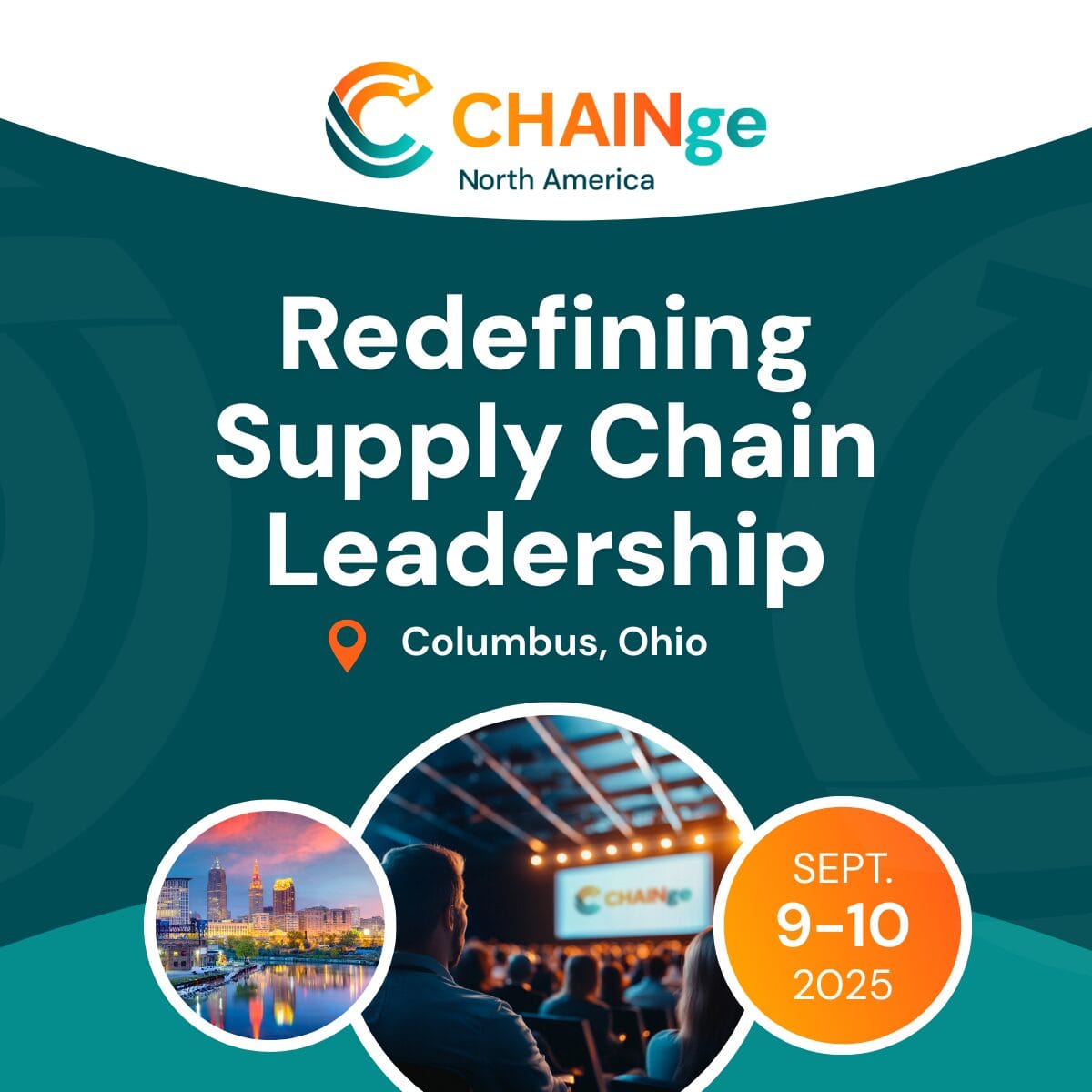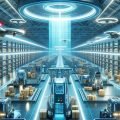Does Logistics Matter? Answering YES to the question in our latest podcast episode are logistics veterans Herbert ten Have, Serial Tech Entrepreneur in AI, Robotics, and Computer Vision and Peter Skov, Founder and CEO of Innoscale. This episode explores how logistics is rapidly evolving through automation, AI, and robotics.
Spoiler alert: the robots aren’t just coming. They’re already here.
The Warehouse Has Evolved (and Fast)
Peter takes us on a tour through time: In 2013, his client shipped 100% full pallets. Fast forward to today, and 95% are e-commerce parcels. That shift didn’t just change the packaging—it reshaped the whole warehouse and all processes and systems involved.
Warehouses were once built for bulk storage. New ones? They’re designed for speed, flexibility, and intelligence. Think conveyor belts, pick-to-light systems, AGVs and robots.
It has become nearly impossible to run an efficient logistics operation without leveraging automation. As Pieter puts it, “You can’t find 800 new workers for every shift. Automation isn’t a luxury—it’s a necessity.”
The Brownfield vs Greenfield Dilemma
New warehouses (greenfield) are clean slates, optimised for automation from the ground up. Legacy sites (brownfield)? Not so much.
Sloping floors, low ceilings, and legacy layouts mean some technologies can’t even fit. But that’s changing, too. Companies are finding creative ways to retrofit automation, like stacking AutoStores or integrating AMRs that follow human workers.
Humanoids and AI: Hype or Hope?
An increasing number of robotics companies are developing humanoids: robots with arms, legs, and often a “head.” Will these become the new normal in warehouses? The question is: does a robot need to move like a human to be as effective, or even more effective, than a human? We think not.
“Not yet,” says Herbert. “The promo videos look great, but the real-world demos? Still catching up.” That said, he believes once costs drop and safety is solved, humanoids could be huge. Replace three shifts with a robot that never needs coffee? That’s a tempting ROI.
Meanwhile, AI is quietly taking over customer care, robotic picking, and providing valuable insights into inventory management. Peter jokes that today’s humanoids are still toddlers, but they’re growing up fast. AI, on the other hand, is continually advancing and is being utilised to enhance efficiency in numerous data-driven processes.
The Real Barrier? It’s Data.
Here’s a twist: automation isn’t being held back by tech, it’s being held back by bad data.
Many logistics processes still operate with gaps in visibility, outdated tracking, or no digital footprint. Without high-quality data, even the most intelligent robots can’t make informed decisions.
“We don’t even know what happens in many parts of the supply chain,” Peter says. Future breakthroughs will depend on smarter tracking, self-reporting systems, and full visibility from dock to doorstep.
Until then, robots will struggle with the chaos that people intuitively handle, such as determining whether “eight items” refers to eight boxes or eight units inside an open box.
The Road Ahead
So, what does the future look like?
- Flexible bots that sort goods like a Tetris master
- Autonomous trucks that move goods between warehouses.
- Yard automation that saves drivers hours of manoeuvring
- AI agents that take over back-office tasks (faster than we expect)
If you want to learn more about both the current and the future state of automation in the warehouse (and beyond), listen to Episode 58 – Will Robots Replace Us? Exploring the Edges of Automation, via the player below, or in your favourite podcast app.
The header image of this blog was created by AI, with this podcast episode as input






